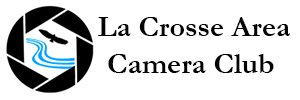Processing or editing must be limited to making the image look as close to the original scene as possible, except that conversion to grayscale monochrome is allowed. Images must look natural (truthful).
Allowed:
- Subject matter in controlled conditions (zoos, game farms, botanical gardens, aquariums)
- Cropping, straightening and perspective correction.
- Removal or correction of elements added by the camera or lens, such as dust spots, noise, chromatic aberration, and lens distortion.
- Global and selective adjustments such as brightness, hue, saturation, and contrast to restore the appearance of the original scene.
- Complete conversion of color images to grayscale monochrome; infrared images (direct-capture or derivations)
- Blending of multiple images of the same subject and combining them in camera or with software (exposure blending or focus stacking);
- Image stitching – combining multiple images with overlapping fields of view that are taken consecutively (panoramas)
Not allowed:
- Hand of man, except situations where wild animals have been tagged or where nature subjects (e.g. barn owls, storks, eagles etc.) have adapted to an environment modified by humans (barn owls)
- Human created hybrid plants, cultivated plants, feral animals, domestic animals, or mounted specimens are ineligible
- Removing, adding to, moving, or changing any part of an image, except for cropping and straightening.
- Adding a vignette during processing.
- Blurring parts of the image during processing to hide elements in the original scene.
- Darkening parts of the image during processing to hide elements in the original scene.
- Conversion of parts of an image to monochrome, or partial toning, desaturation, or over-saturation of color
